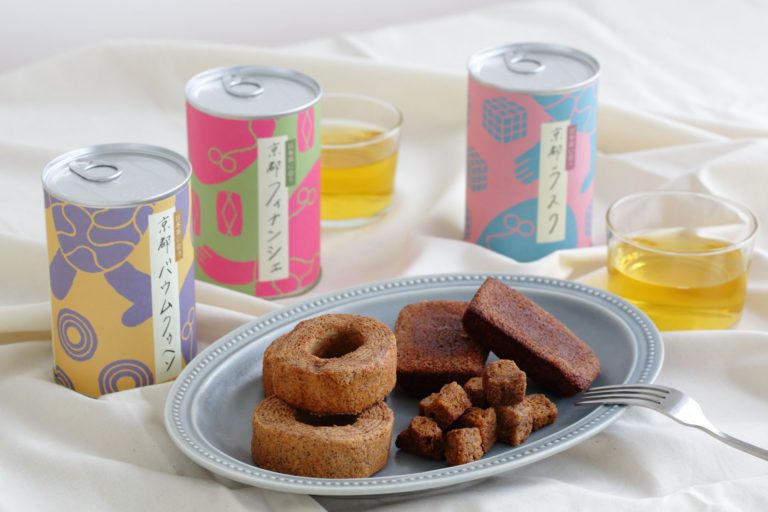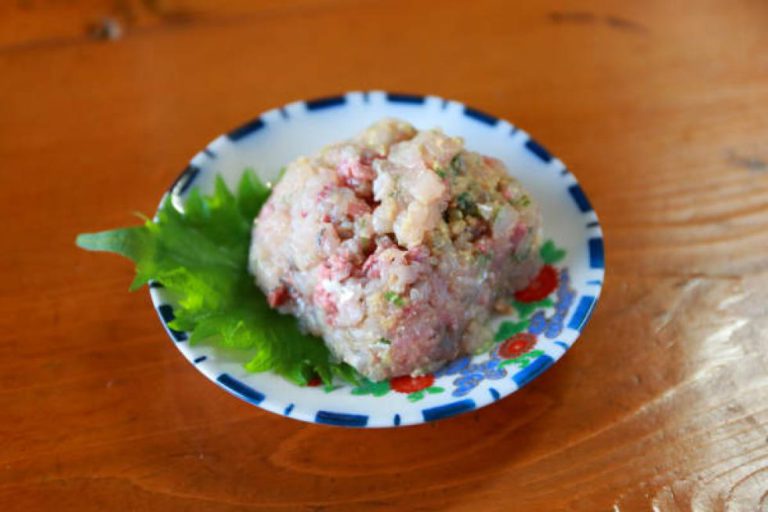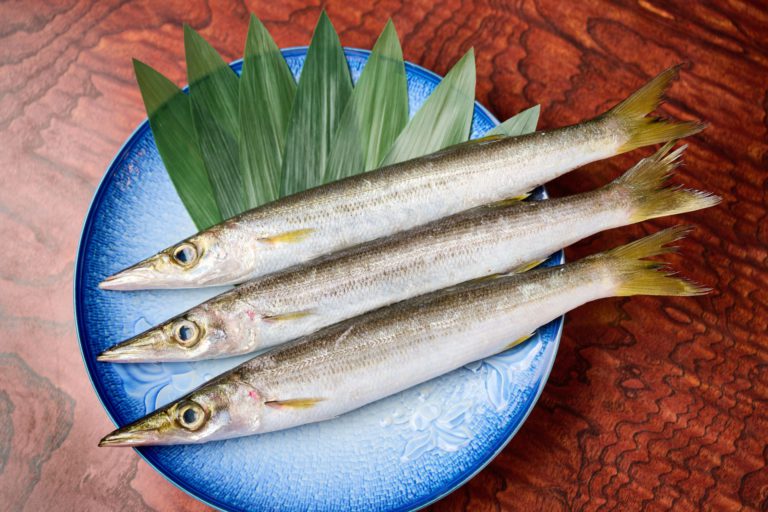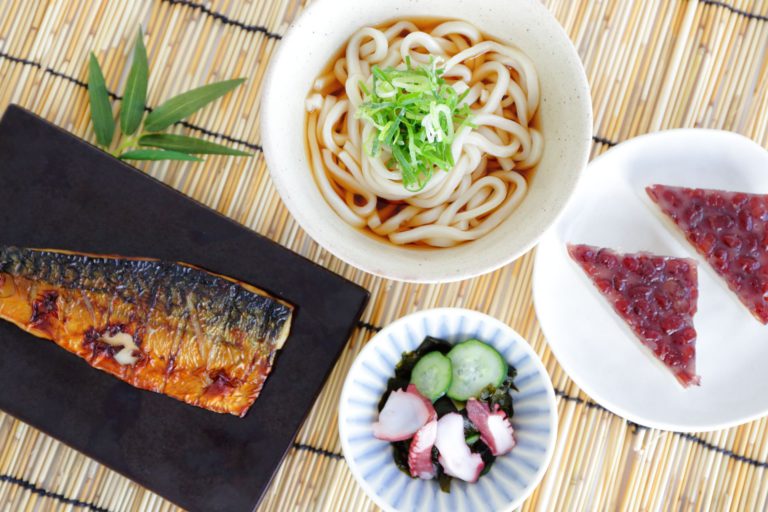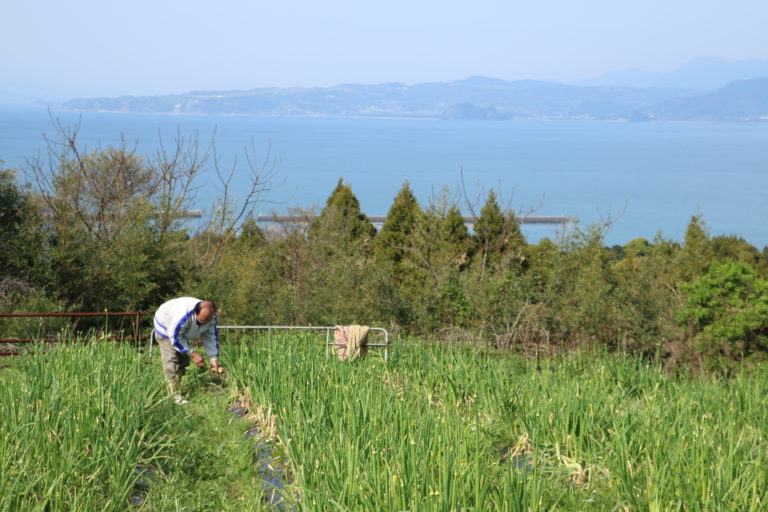GOOD CACAO’s Challenge: Cacao Husks as a Future Ingredient

A firm belief that cacao husks will be a vital ingredient in the future
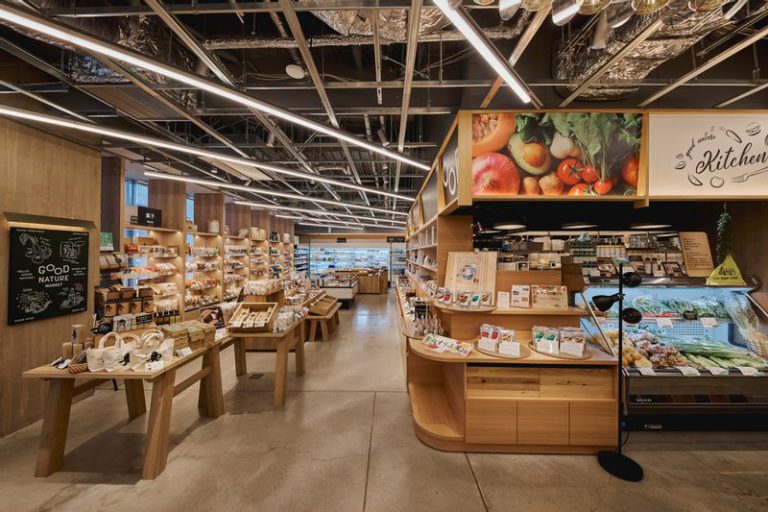
BIOSTYLE Co.,Ltd., the company behind GOOD CACAO, is part of the Keihan Group, which operates across a range of industries including railways, real estate, and distribution throughout the Kansai region. With a mission to promote lifestyles that support the mind, body, community, and planet, the company runs the multi-use complex GOOD NATURE STATION and develops original brands focused on food, clothing, and housing.
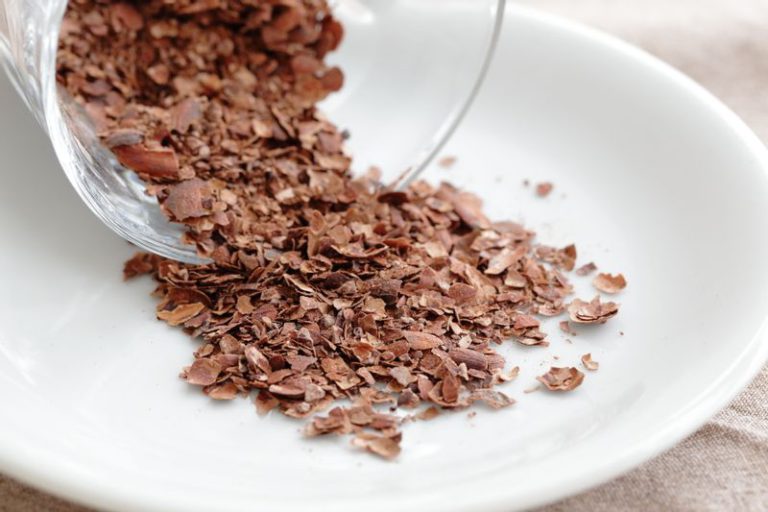
Hiromasa Ueki, who oversees product development, set his sights on cacao husks—the outer shells of cacao beans—as a way to create eco-conscious, people-friendly food. The company uses beans sourced from Costa Rica to make chocolate, resulting in a large accumulation of husks during production. Although cacao husks make up around 30% of the bean, most manufacturers discard them or purchase beans with the husks already removed. Ueki, however, noticed something others didn’t—the husks smelled wonderful.
“Cacao husks have this rich, deep aroma. I thought if we could harness that, we might be able to create a cacao-scented product without needing artificial flavoring. The cost of cacao beans is already rising, and many say that with climate change, harvesting cacao and coffee is only going to get harder. That’s why I’m convinced cacao husks will become a prized ingredient in the future.”
Product development began with a journey to the Amazon
Ueki decided to develop products from cacao husks and raise their value. To kick things off, he traveled to the Amazon, one of the cacao bean’s regions of origin. There, he saw locals brewing cacao husks as a drink—and found his first spark of inspiration.
“Watching them drink cacao husks like tea gave me the idea to blend it with tea leaves. After returning to Japan, I started prototyping blends using three varieties from Tsukigase Kenko Chaen, a tea farm in Nara Prefecture that produces organic tea: hojicha (roasted tea), sencha (green tea), and Japanese black tea. It was quite a process.”
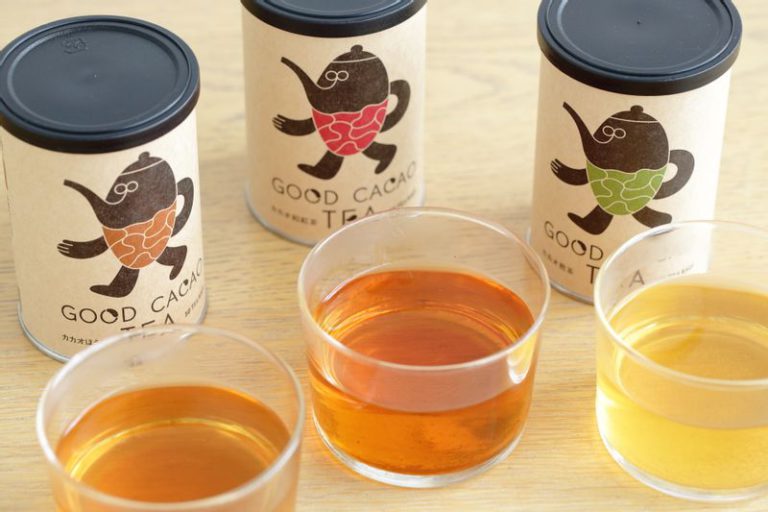
To find the perfect balance between tea leaves and cacao husks, Ueki adjusted the ratio in 0.1% increments. Since the flavor extraction also varies depending on water temperature, he experimented with hundreds of combinations, changing the temperature slightly each time. After countless trials, he finalized the first set of products: “CACAO Hojicha,” “CACAO Sencha,” and “CACAO Japanese Black Tea.”
Each blend offers a one-of-a-kind flavor where the cacao aroma and tea leaves are perfectly balanced. Ueki proudly calls them his “signature creations.” Though the unusual concept struggled at first, the flavor gradually gained recognition, and the teas are now a flagship product. “They come in tea bags, so you can brew them with either hot or cold water. I also recommend boiling them with milk and adding a little sweetness.”
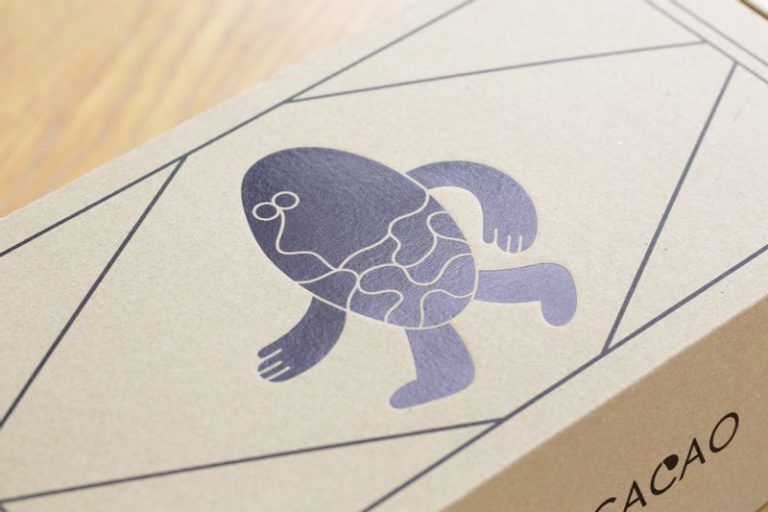
In 2020, the series was officially named GOOD CACAO. Every product comes in sleek packaging that features an impactful character called “Mr. Cacao.”
“I wanted a cute-but-odd character that people wouldn’t forget. I believe Mr. Cacao will help spread awareness of cacao husks, one little stroll at a time.”
A new Kyoto souvenir. Collaborating with local brands
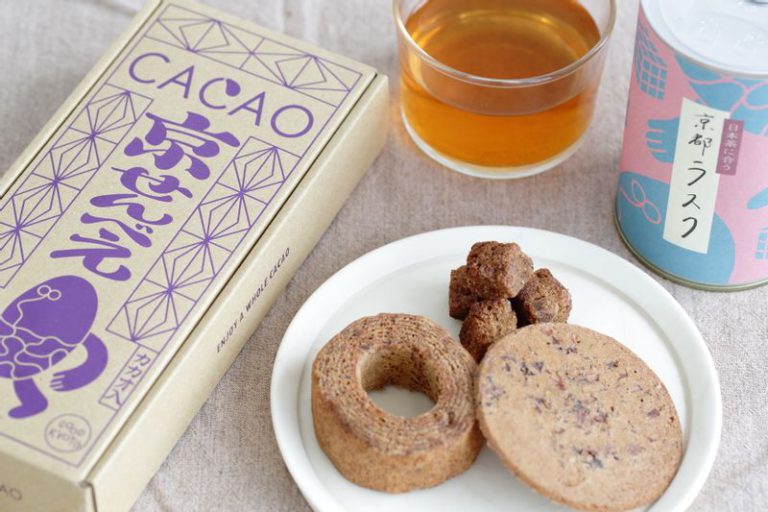
Since starting with tea, GOOD CACAO now offers around 25 different products, including souvenirs made in collaboration with local Kyoto brands.
Their best-selling retort curries even include local touches like white miso or Miyama town’s Miyama Gyunyu (Miyama Milk). CACAO Kyo Senbei, produced under the guidance of the long-established Japanese confectioner Kameya Yoshinaga, are delicately sweet crackers baked one by one by hand. With a crisp texture, the crackers feature the crunch of cacao husks and the nutty aroma of ancient grains—making them delightfully addictive.
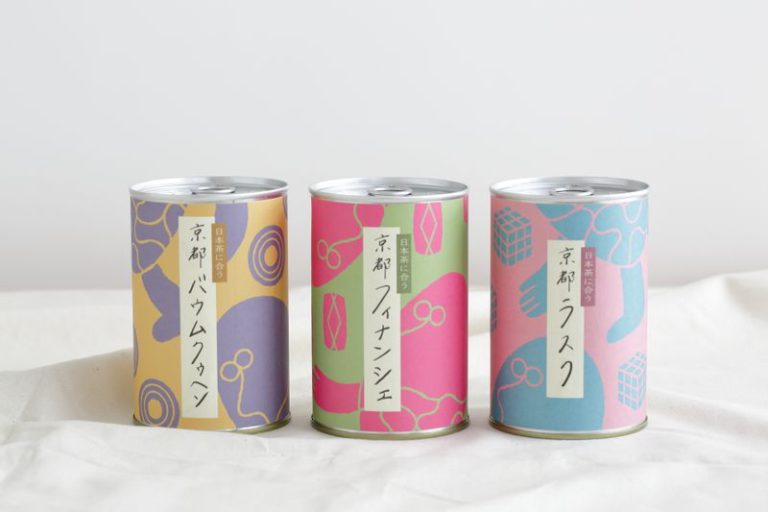
The “Baked Sweets for Japanese Tea” series repurposes whey (a byproduct of making yogurt or cheese) that had previously gone unused by Miyama Gyunyu. This Kyoto-born collaboration tells a story of sustainability by upcycling two ingredients: cacao husk and whey.
“I’d love to do more collaborations with local companies. Especially when it helps make use of overlooked ingredients—it’s ideal because it supports those businesses too. Kyoto already has plenty of souvenir staples, but I’d be thrilled if people picked GOOD CACAO as something a bit different.”
Creating a future where cacao husks are valued
Cacao husks are far from easy to work with. They require processing such as sterilization and powdering, which adds to both time and cost. Still, Ueki continues the GOOD CACAO journey for a reason.
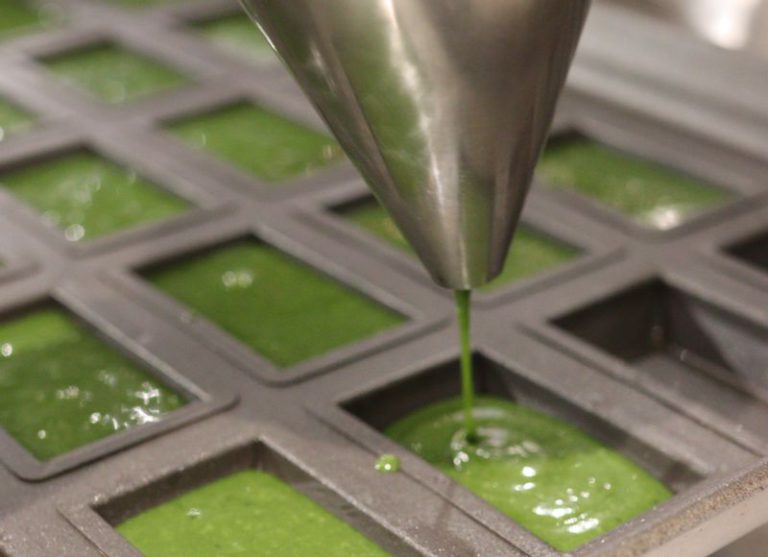
“Using cacao powder, nibs, or chocolate would be more efficient. But cacao husks are fascinating and delicious—and right in front of us. Digging into their potential, no matter how time-consuming, is something only we can do. It may take time, but I hope more people and companies will join us. If cacao husks become a common ingredient, farmers could sell the entire cacao bean, which would make them happy as well—and I believe that would create real value for the world.”
In fact, when the owner of the cacao farm in Costa Rica saw GOOD CACAO products in Japan, he was thrilled. He brought them back home to show his team, giving them a huge boost in motivation. Ueki is now exploring the use of husks from other cacao-growing regions as well. The GOOD CACAO story is just getting started.

